You will start with the basics and apply the practical knowledge you learn through hands-on application and examples every step of the way. By the end of the course, you will have learned to apply fundamental design elements in CSS to create a beautiful and functional user experience.
Highlights:
- 39 practical tutorials.
- Learn how to add and change colors of elements.
- Add background colors, images and borders.
- Understand the difference between margins and padding.
- Change the formatting and alignment of text.
- Style links, lists and manipulate fonts.
- Understand CSS pseudo-classes and how to use them.
- Use gradients, shadows and rounded corners.
- Add buttons and pagination for easy navigation.
- Make your design responsive for mobile devices.
- Setting up, using and modifying Bootstrap.
- Understand how HTML, CSS and JavaScript work together.
Once enrolled, our friendly support team is here to help with any course-related inquiries.
Summary
- Skill level: Beginner
- Lessons: 39
- Pre-requisites: None
- Estimated study time: 19h 30m for all materials
- Certificate: Yes
- Accredited by: CPD
- Video duration: 2h 38m
Features
Premium video tutorials
Personalized Learning
Learn at your own pace
Tests and Quizzes
Award winning instructors
Get Certified
Mobile - Learn on the go
Regularly updated content
Accreditations & Approvals
All courses under each learning path are accredited and approved by one or more of the following bodies as is applicable.

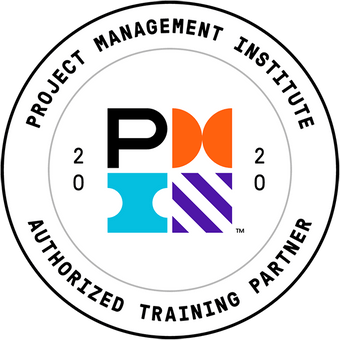
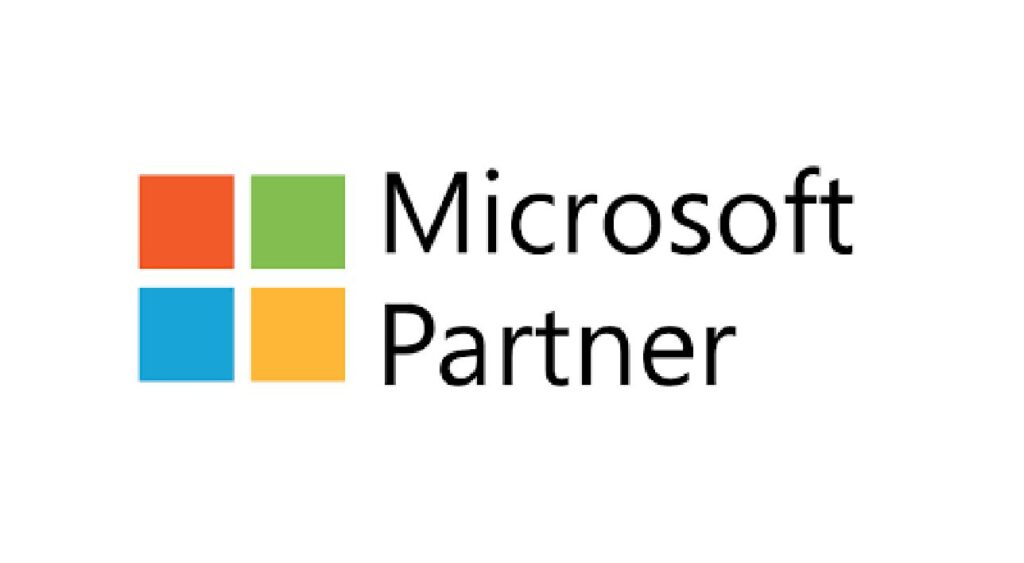
Instructors
All courses are taught by reputed trainers with relevant accreditations and industry experience.
Modules
Course Introduction
Setting up a Development Environment
What tools do you need to write CSS?
CSS Syntax
Using CSS 3 Ways
Colors
Backgrounds
Borders
Margins and Padding
Height and Width
Box Model
Outline
Text Formatting
Fonts
Links
Lists
Tables
Display
Position
Float and Clear
Inline-Block
Align
Combinators
Pseudo-Class
Rounded Corners
Border Images
Gradients
Shadows
Rounded Images
Buttons
Pagination
Intro to Responsive Design
Understanding the concept of responsive design for mobile devices.
Grid View
Media Queries
Images
Using Responsive Frameworks
Setting Up Bootstrap
Basic Bootstrap Usage
Modifying Bootstrap
HTML, CSS, and Javascript Working Together
Target Audience
- Graduates exploring placement in entry-level Development positions across industries
- Developers needing upskilling to be future-ready or become more productive in their current roles
- Experienced individuals exploring Introduction to CSS to join the workforce
How do I Access The Program
- Buy the course online
- Save your payment transaction receipt for any future reference
- Our team will share the credentials to enable you access your course online within 2 business days of payment transfer
Bulk Orders
Incase you are looking for bulk user licenses, or customized Learning Paths for various Job Roles, reach out to us with your detailed requirements.
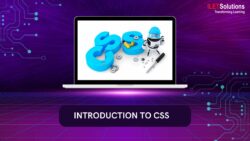
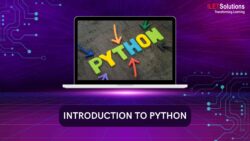



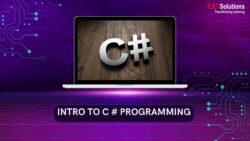
Reviews
There are no reviews yet.